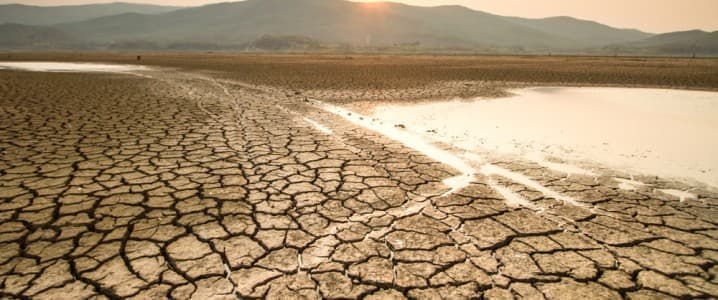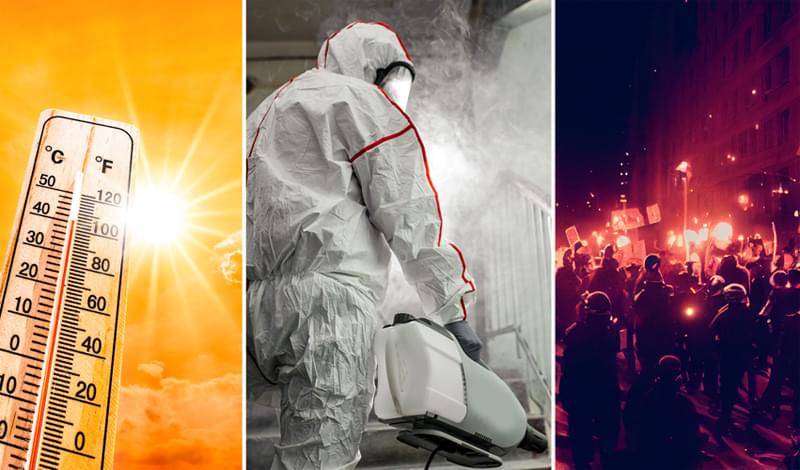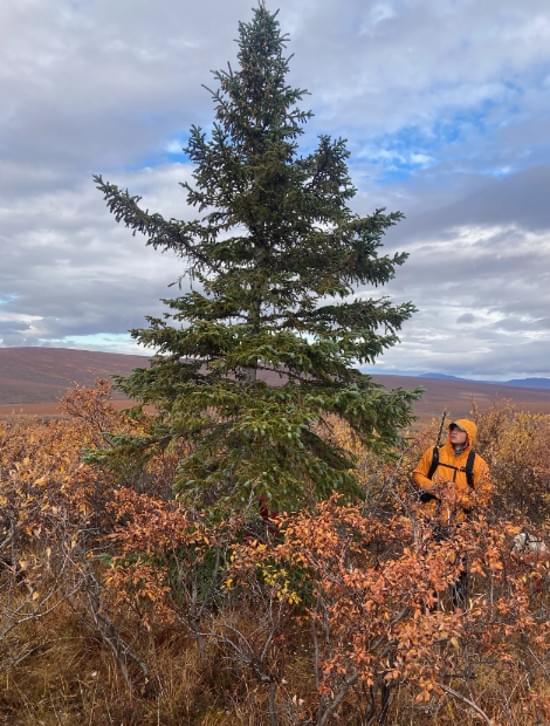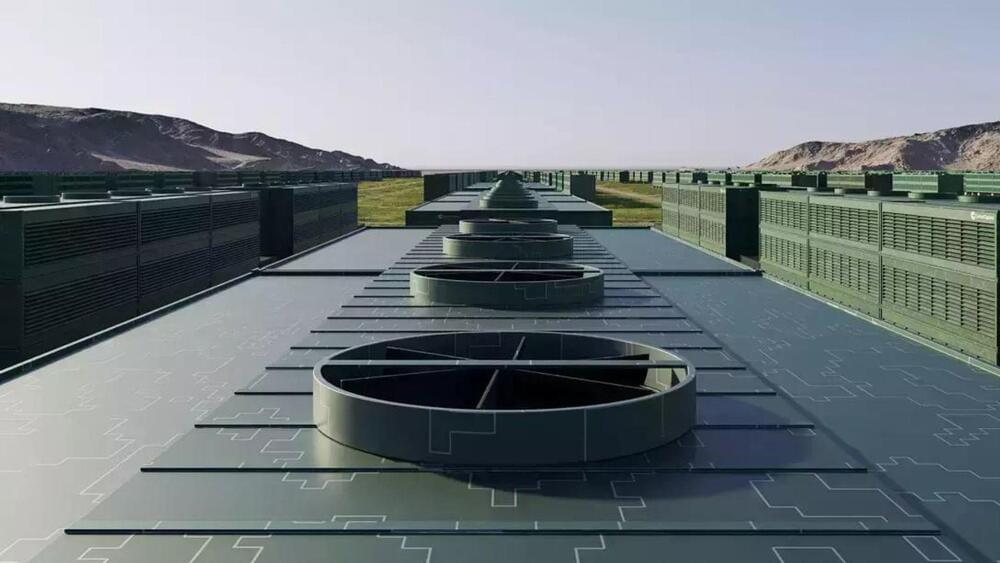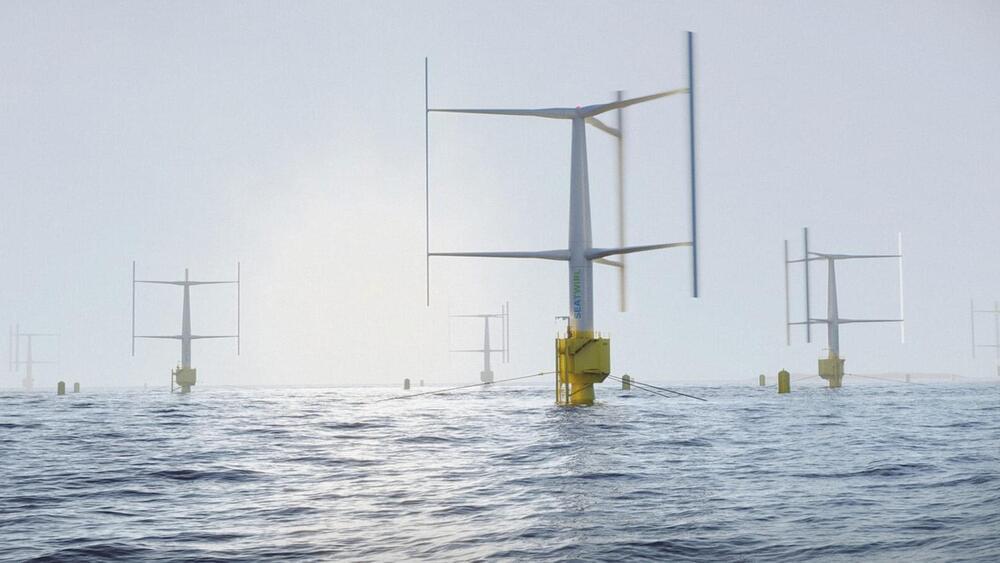Sep 24, 2022
The Global Water Crisis Could Crush The Energy Industry
Posted by Quinn Sena in categories: climatology, sustainability
Desalination will be key to success in maintaining civilizations. Also other technologies like water from air machines. But I also do believe that creating water with some sorta light into matter device like from star trek will make us able to travel anywhere even the stars. Furthermore fusion is key to maintaining civilization as well as it will stem the need for oil or even natural gas which finite and fusion is near infinite.
For years, the energy sector, and almost every other sector, has taken water for granted, viewing it as an abundant resource. But as we move into a new era of renewable energy, the vast amounts of water required to power green energy operations may not be so easy to find. And it’s not just renewables that are under threat from water scarcity, as it also hinders fossil fuel production and threatens food security.
In recent months, we have seen extreme droughts across Europe and the U.S., which are finally making people realise the significance of water security. Stefano Venier, CEO of the Italian energy infrastructure company Snam, highlights the huge impact recent droughts have had on both food security and energy production. Labelled as ‘Europe’s worst drought in 500 years’, the low water levels have restricted shipping capabilities, as well as drying up soil and reducing summer crop yields.
Continue reading “The Global Water Crisis Could Crush The Energy Industry” »
